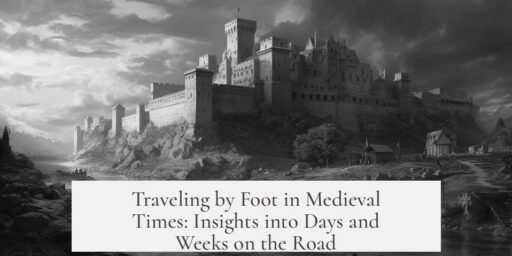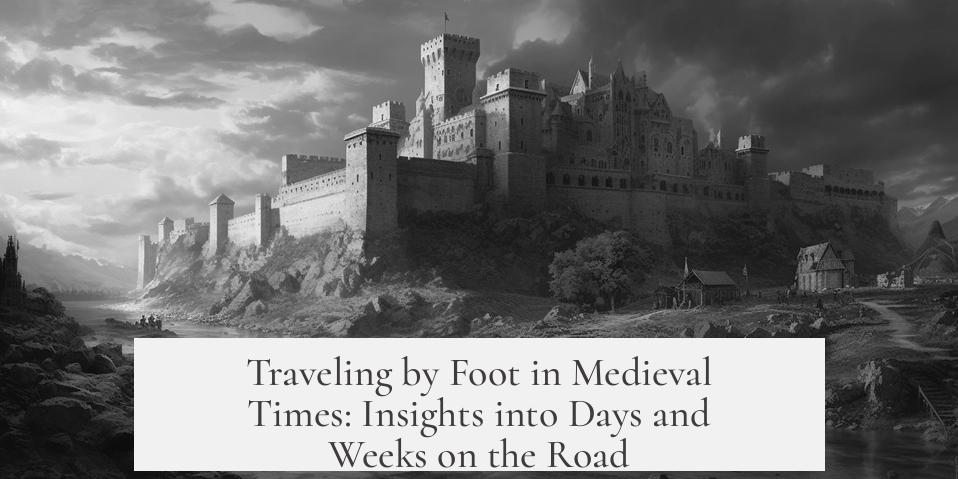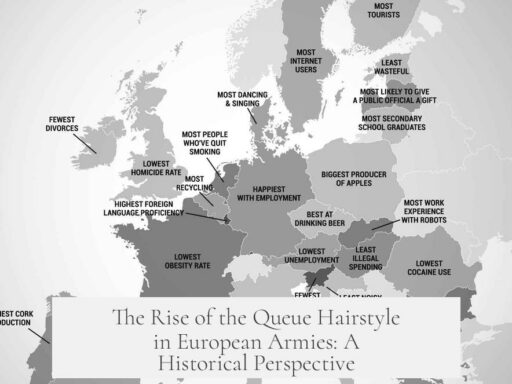Traveling for days or weeks on foot in medieval times involved considerable challenges and was shaped by road conditions, purpose of the journey, travel speed, and safety concerns.
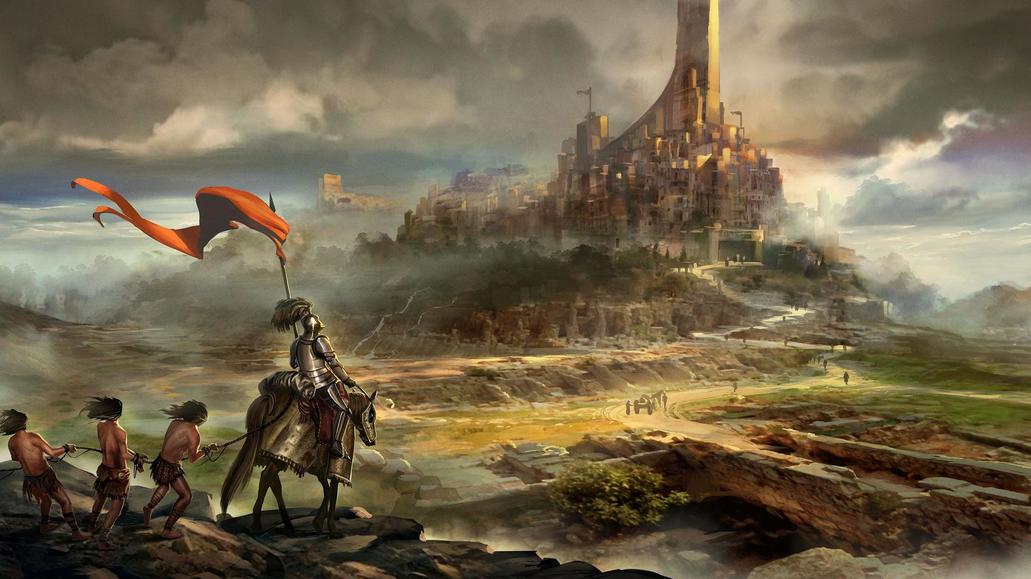
Most travelers used roads originally built by the Romans, some over a thousand years old. These routes, well-established and often maintained or restored over centuries, provided essential infrastructure. Charlemagne notably worked to restore Roman roads in the 8th century. This not only improved safety for travelers but also strengthened his control across his empire.
Travelers in medieval times walked for many reasons. Merchants journeyed to markets or fairs. Pilgrims walked to sacred sites like Rome, Santiago de Compostela, Canterbury, or even Jerusalem. These pilgrimage routes were often busy with other travelers. Inns and hostels were available along popular paths, reducing the need to camp outdoors in isolated places.

Walking averages depended on terrain, weather, and the individual. According to Norbert Ohler in The Medieval Traveller, a typical walking day covered 15 to 25 miles, with 19 miles being a good average estimate. Mountainous or rough terrain could reduce this distance. Horseback travel was quicker, averaging 20 to 30 miles daily with baggage. Important messengers on horseback might cover 30 to 60 miles in a day.
An example of medieval travel is the 1248 journey of Bishop Eudes Rigaud. He traveled from Rouen in France to Rome, partly on foot and horseback. Winter and crossing the Alps slowed his progress to about 15 miles per day. His trip lasted roughly three months, timed to arrive in Rome by Easter. His documented stops provide insight into the logistics of long medieval journeys and illustrate typical pacing and seasonal considerations.
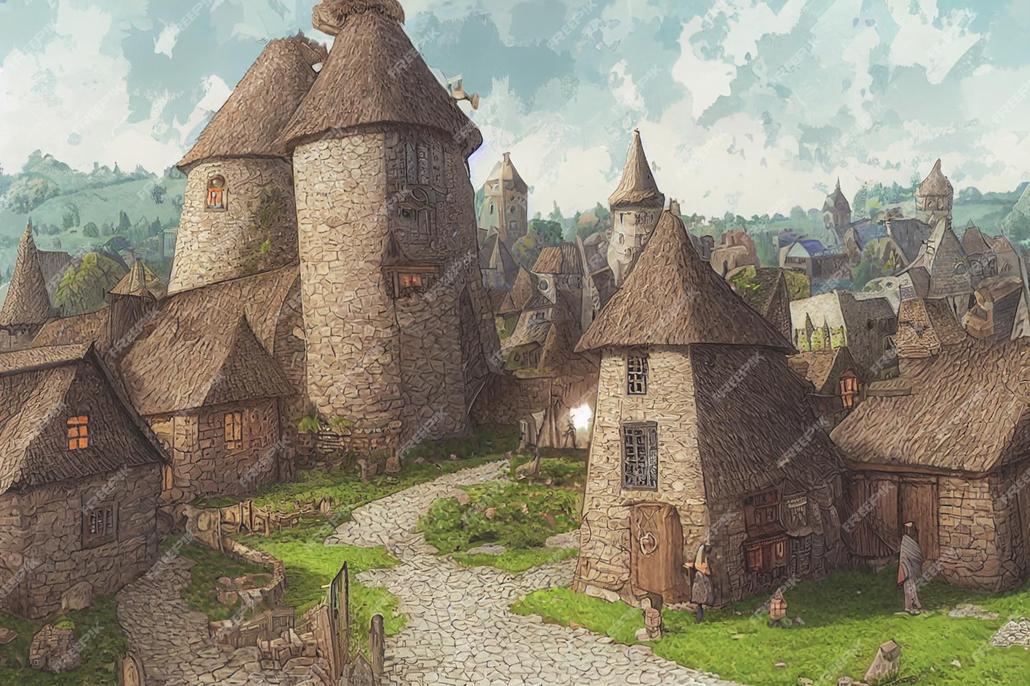
Safety was a significant concern. The period suffered uneven law enforcement and occasional unrest. Bandits could threaten travelers, particularly in regions where local authority had broken down. This danger was one reason religious military orders like the Knights Templar formed, aiming to protect pilgrims and traders along major routes.
Traveling by foot was therefore strenuous but feasible with established infrastructure. The presence of inns and fellow pilgrims eased hardships. Routes with strategic importance often received maintenance and protection, reflecting their economic and religious significance.
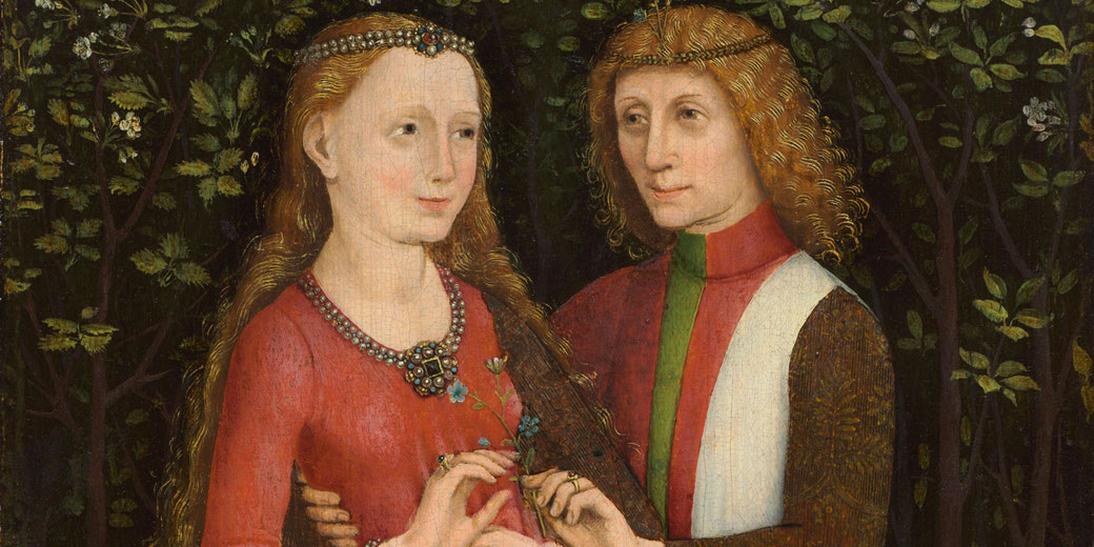
- Roman roads and ancient routes formed the backbone of travel paths, maintained through centuries.
- Travel distance averaged 15-25 miles per day on foot, slower in winter or mountainous terrain.
- Safety risks from bandits existed but diminished with organized protection, like the Knights Templar.
- Inns and pilgrim hostels provided shelter along busy routes, reducing outdoor exposure.
- Travel often aligned with purpose, such as trade or pilgrimage, shaping timing and companions.
What Was It Like to Travel for Days and Weeks by Foot in Medieval Times?
Traveling by foot in medieval times was a mix of endurance, uncertainty, and community. The journey was long, often grueling, but not without structure and purpose. Let’s lace up our imaginary leather boots and explore just how those medieval wanderers dealt with the challenges and logistics of walking for days or weeks.
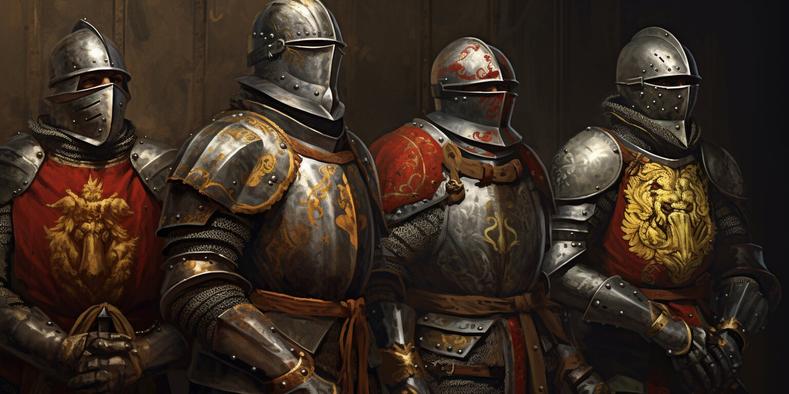
First off, guess what the travelers walked on? You might expect muddy, lost-in-the-woods paths, but many medieval travelers used ancient Roman roads. Yes, those roads were relics from over a thousand years before medieval times, often maintained or restored by rulers like Charlemagne. He wasn’t just being nostalgic; improving those roadways helped expand authority and secured safer routes for travelers. So, walking on well-used, albeit ancient, stone roads was common.
It means travelers had a bit more peace of mind under their boots than wandering aimlessly through the wilderness. Roads connected market towns, pilgrimage sites, and castles, creating an early version of a highway system.
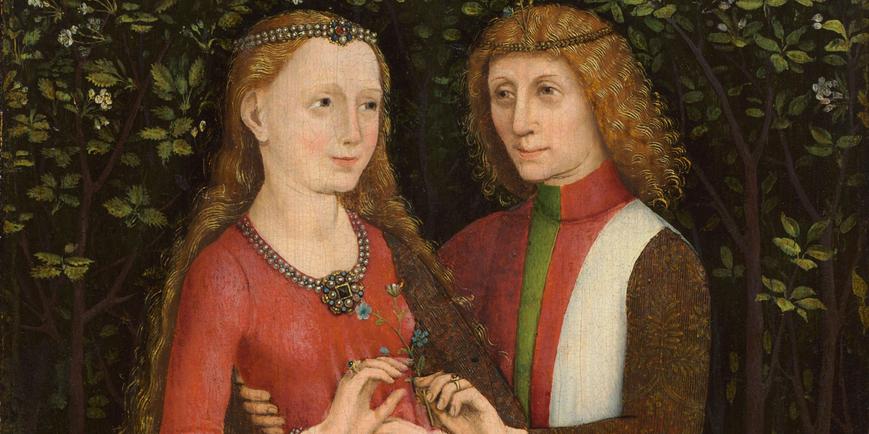
But what prompts someone to walk for days or weeks? The purposes varied: maybe they were merchants on their way to a bustling market town, hoping to sell their wares. Or perhaps they took those steps for faith, setting off on religious pilgrimages to famous shrines like Rome, Santiago de Compostela, or Canterbury. Pilgrimage routes were often crowded with fellow travelers and dotted with inns and hostels. Travelers might enjoy the unexpected company and shelter, which meant fewer nights sleeping under the stars.
Of course, the speed of medieval walking trips depended on many things: weather, terrain, and physical condition.
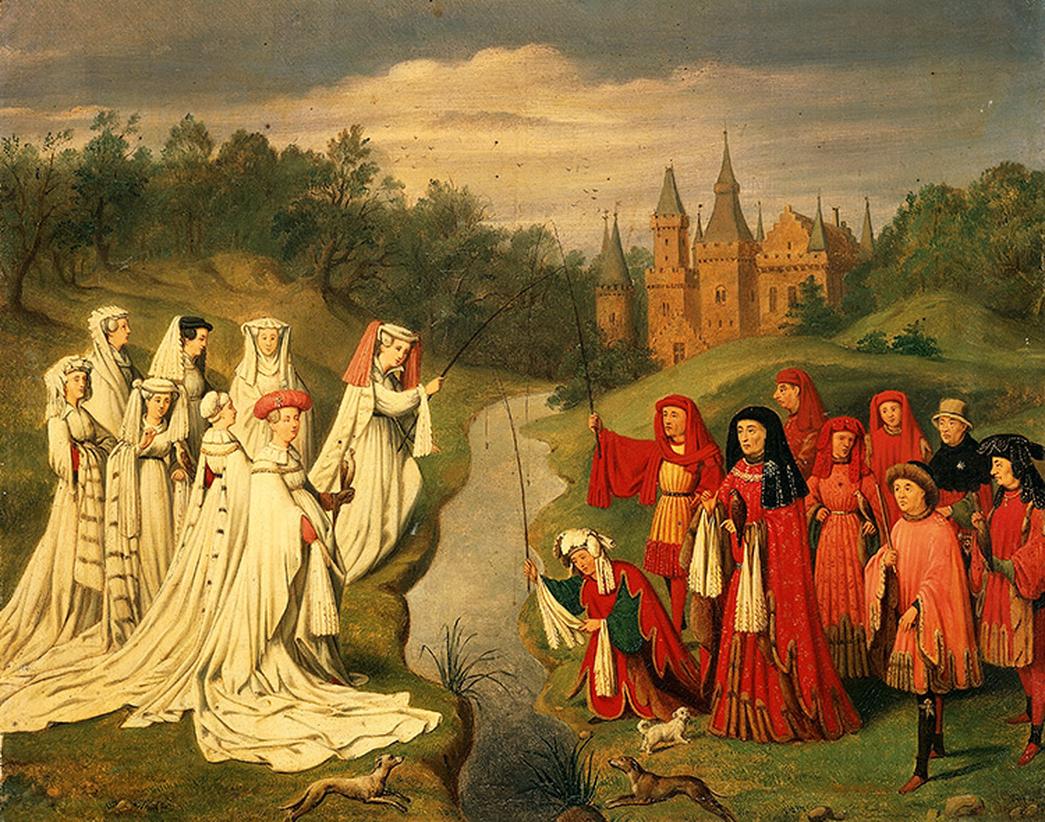
According to historian Norbert Ohler in The Medieval Traveller, the average pedestrian covered around 15 to 25 miles per day. The sweet spot? About 19 miles daily. Think about that—walking roughly the distance of a half-marathon every day with medieval gear and no energy gels. On hilly or mountainous terrain, like in the Alps, the pace slowed, making the effort even more impressive.
For instance, Bishop Eudes Rigaud took roughly 15 miles a day, traveling from Rouen southwards through the Alps to Rome in harsh winter conditions around 1248. His journey lasted three months, timed precisely to arrive in Rome by Easter. And yes, we can still trace the stops he made along his route today.
Switching gears: if you owned a horse, travel was notably faster—around 20 to 30 miles daily. Important messengers pushing their mounts to the limit could manage 30 to 60 miles per day, but for most, a steady 20-30 miles was standard, depending on baggage, terrain, and weather.
Now, the harsh truth. Travel wasn’t just about distance; it could be dangerous too.
Bandits lurked. If local order broke down, wandering down a lonely road might risk robbery or worse. Travelers had more than their feet to worry about—protection could be scarce, especially in unsettled times.
Enter the Knights Templar, a medieval rock band of armored guardians who specifically aimed to protect pilgrims and travel groups. Their reputation wasn’t just for crusading—they made pilgrimages safer, offering an umbrella of security for those risking long journeys on foot.
But what about the daily grind? Imagine the basic challenges: blisters, hunger, weather, and fatigue. Travelers often carried only minimal belongings. Food along the way was simple—bread, cheese, dried meats, or fruit depending on the region. Rest stops might be modest inns or monasteries willing to accommodate pilgrims and merchants alike.
This setup created a community on the move; you rarely traveled entirely alone. Sharing news, tales, or warnings about bandits was common. The journey was as social as it was solitary.
Here’s a practical tip if you want to experience a slice of this: try a long-day hike with a light pack. You get a feel for medieval endurance. Just remember how much harder it was without modern shoes, GPS, or snack bars.
In summary, walking for days and weeks in the medieval era meant more than just putting one foot in front of the other. It was a test of resilience, faith, and human connection. Ancient Roman roads offered paths worn smooth by centuries of footsteps, while travelers clung to hope, faith, and sometimes the sword-arm of Templar knights for safety.
So the next time your phone loses signal and your legs are tired, remember: medieval travelers had only stones, weather, and ancient maps to guide them—and a dream to inspire each weary step.
Summary Table of Medieval Travel Facts
| Aspect | Fact/Description |
|---|---|
| Roads Used | Roman roads or routes maintained/restored by Charlemagne, linking cities and pilgrimage sites |
| Average Walking Distance | 15-25 miles/day, average about 19 miles depending on conditions |
| Average Horseback Distance | 20-30 miles/day, up to 60 miles for urgent travel |
| Purpose of Travel | Trade, commerce, pilgrimage to sites like Rome, Santiago de Compostela, Canterbury |
| Safety Concerns | Risk of bandits in lawless areas; Knights Templar offered protection for pilgrims |
| Case Study | Bishop Eudes Rigaud’s 3-month, 15 miles/day journey through Alps in winter (1248) |
“Walking like a medieval traveler is a journey through history, hardship, and human spirit all bundled into one long, dusty path.” – A Modern Foot Soldier
